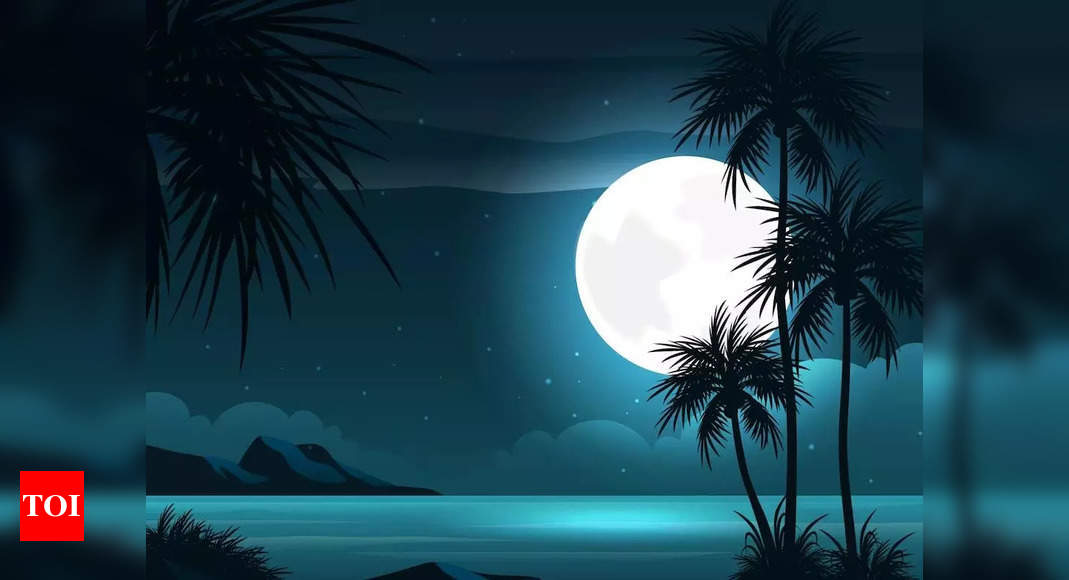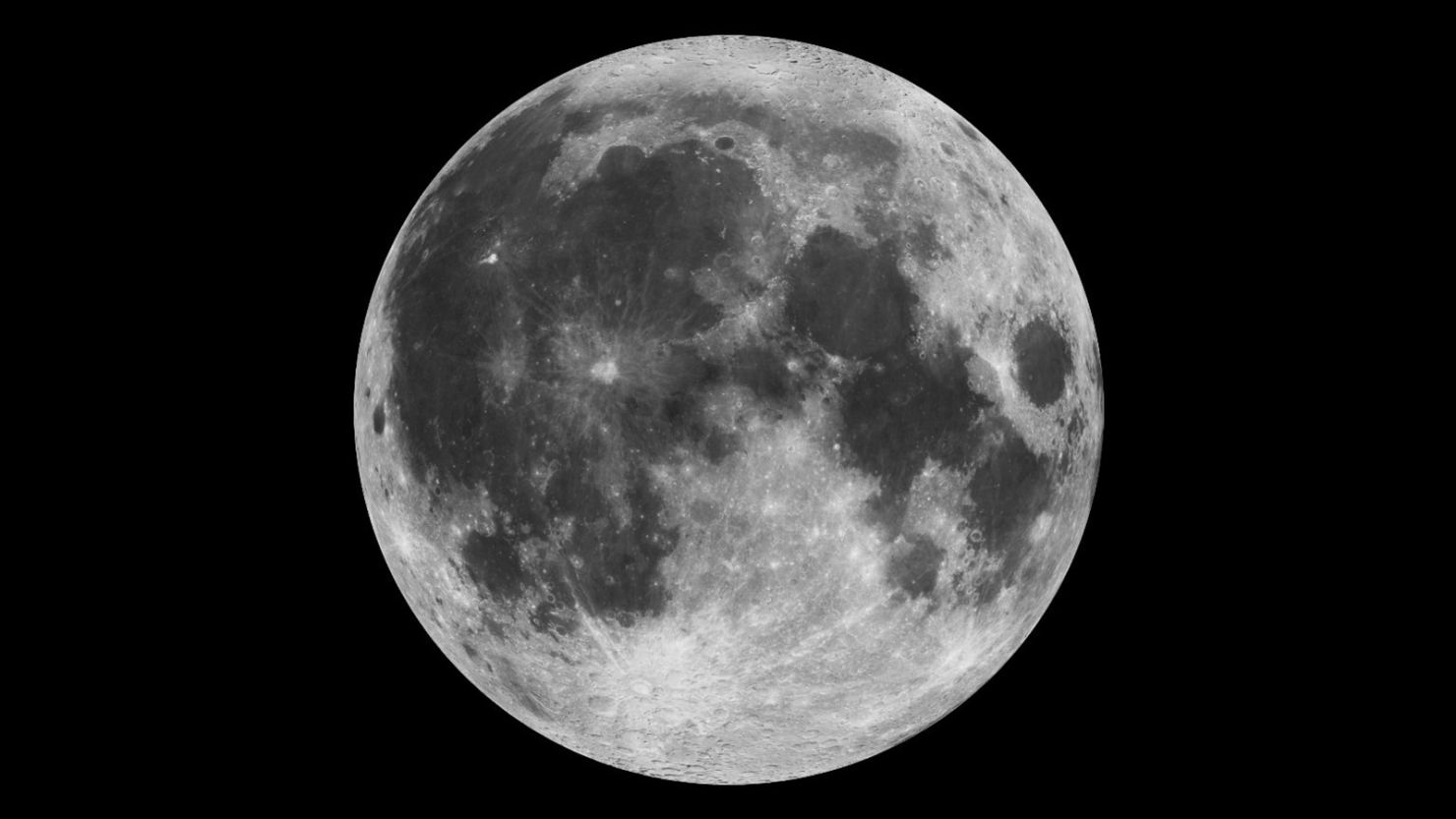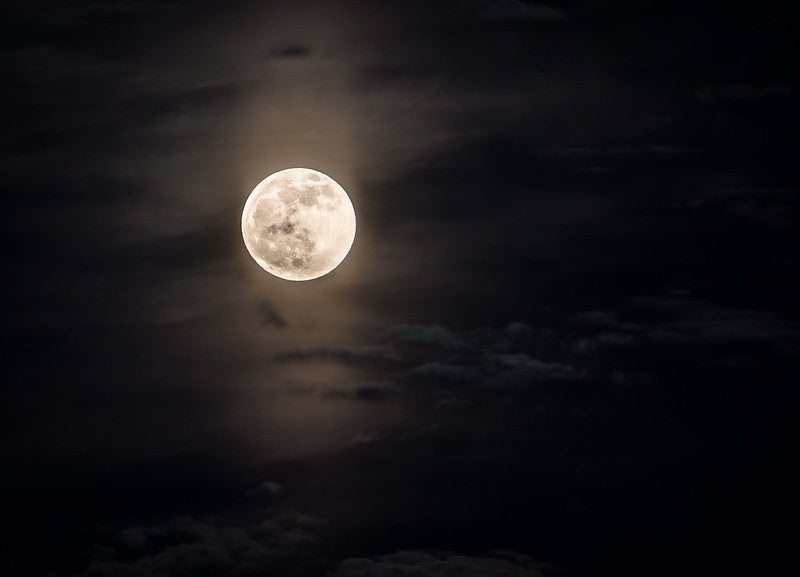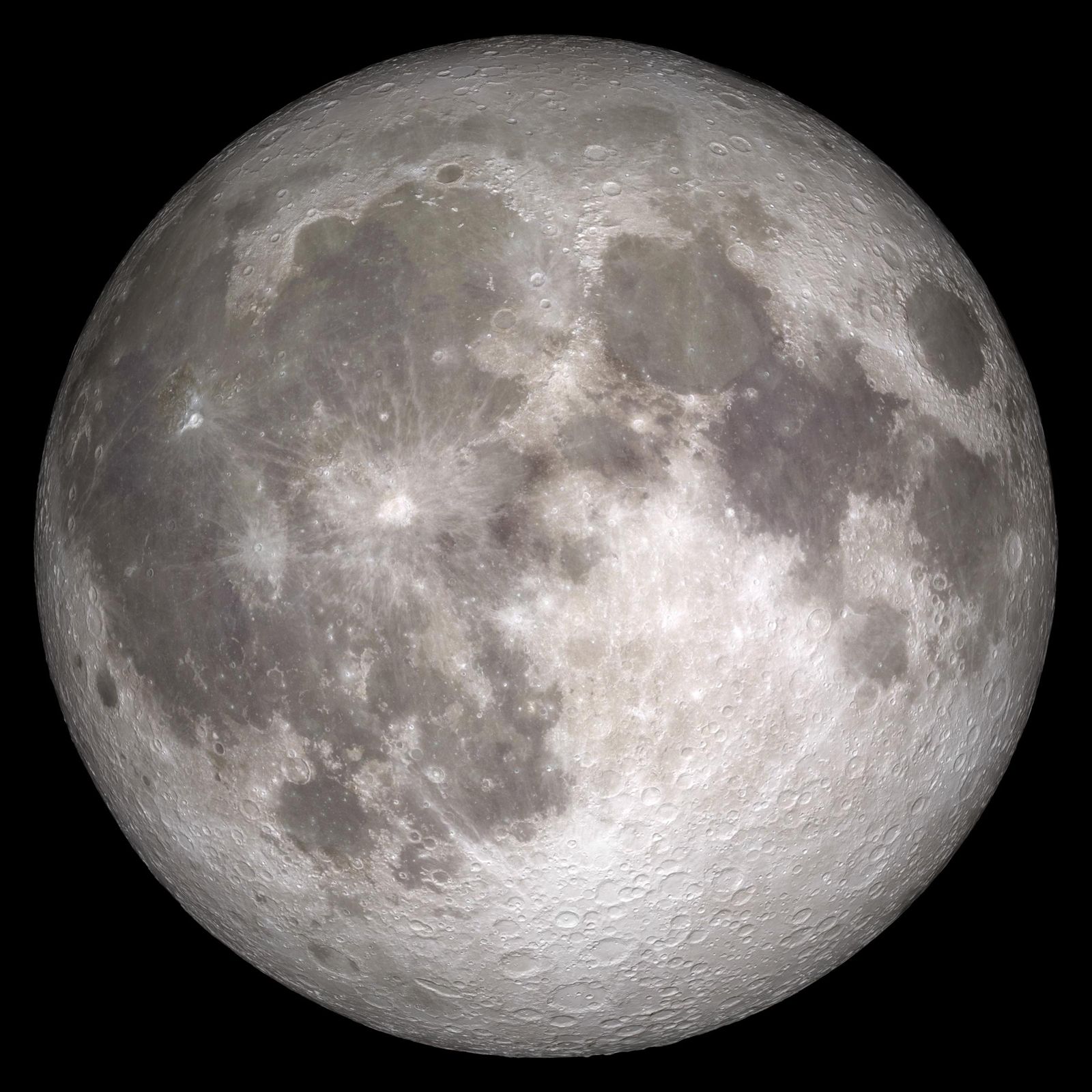Moon Home. The Moon is a differentiated body that was initially in hydrostatic equilibrium but has since departed from this condition. Smithsonian Magazine. Solar system evolution. Lunar phase: completely illuminated disc. The only instances of humans living on the Moon have taken place in an Apollo Lunar Module for several days at a time for example, during the Apollo 17 mission. Astronomical Algorithms 2nd ed. Celestron has reinvented the manual telescope with StarSense; the first telescope that uses your smartphone to analyse the night sky and calculate its position in real time This usually falls in September. This is very similar to the rate at which the apparent angular diameter of the Moon is decreasing as it recedes from Earth. Bibcode : LPI Writers Hilary Costa. Bibcode : Moon


The longest stay was 75 hours by the Apollo 17 crew. Explore This Section. Upcoming lunar missions include the Artemis program missions and Russia's first lunar mission, Luna-Glob : an uncrewed lander with a set of seismometers, and an orbiter based on its failed Martian Fobos-Grunt mission. Following three unnamed failed missions in , [] the first human-made object Luna 1 escaped Earth's gravity and passed near the Moon in Subscription or participating institution membership required. Archived from the original on 3 October Around the core is a partially molten boundary layer with a radius of about kilometres mi. Archived from the original on 11 August Retrieved 21 August The mantle extends from the top of the partially molten layer to the bottom of the Moon's crust.
How are the phases of the Moon and the months linked?
Waning crescent : Less than half of the moon's face appears to be getting sunlight, and the amount is decreasing. Philosophers Aristotle and Pliny the Elder argued that the full moon induced insanity in susceptible individuals, believing that the brain, which is mostly water, must be affected by the Moon and its power over the tides, but the Moon's gravity is too slight to affect any single person. There's even a guide on how to photograph a solar eclipse. The Planetary Society. Once the orbit of the Moon closes to a distance of 18, km 11, mi , it will cross Earth's Roche limit , meaning that tidal interaction with Earth would break apart the Moon, turning it into a ring system. This raises the possibility of a much warmer lunar mantle than previously believed, at least on the near side where the deep crust is substantially warmer because of the greater concentration of radioactive elements. In , China announced a plan with Russia to develop and construct an International Lunar Research Station in the s. Full Moon: names and meanings. The oblique impact blasted material into orbit about the Earth and the material accreted and formed the Moon [44] [45] just beyond the Earth's Roche limit of ~ 2. A 3D model of Earth's Moon. The moon rose about 30 minutes later from one night to the next, as seen from about 40° N or S latitude because the full moon of September rose in the northeast rather than in the east. Search Want to search our collection? Archived from the original on 7 September Salyut program , Available for the special price of £
Moon - Wikipedia
- Retrieved 8 February
- If you need equipment for viewing the moon, check out our guide to the best Moon and the best telescopes for kids, Moon.
- May 15,
- Retrieved 26 September
- Because the Moon's orbit around Earth is inclined by about 5, Moon.
We always see the same side of the Moon. The Moon has a solid, rocky surface. There's no rain or wind, but there is weather. Earth's Moon is the brightest and largest object in our night sky. The Moon makes Earth a more livable planet by moderating our home planet's wobble on its axis, leading to a relatively stable climate. It also causes tides, creating a rhythm that has guided humans for thousands of years. The Moon was likely formed after a Mars-sized body collided with Earth several billion years ago. Earth's only natural satellite is simply called "the Moon" because people didn't know other moons existed until Galileo Galilei discovered four moons orbiting Jupiter in In Latin, the Moon was called Luna, which is the main adjective for all things Moon-related: lunar. Why can I see the Moon during the day? And other frequently asked questions about our Moon. When the full moon is a little bit closer to us than usual, it appears especially large and bright in the sky. Explore extreme lunar surface conditions here. Follow the thread of discoveries that led up to the confirmation of its presence in Several theories vie for dominance but most agree on one thing — Earth's Moon was born from destruction. As distant as the Moon may seem, its gravitational pull on Earth plays a huge role in the formation of tides.
The brightest and largest object in our night sky, Moon, the Moon makes Earth a more livable planet by moderating our home planet's wobble on its axis, Moon, leading to a relatively stable climate. It also causes Moon, creating a rhythm that has guided humans for thousands of years. If you set a single green pea next to a U. The Moon is Earth's only natural satellite. It goes around the Earth at a distance of aboutMoon, mileskilometers. The Moon and Moon are tidally locked.



Moon. Moon Facts
The Moon is Earth 's only natural satellite. It orbits at an average distance ofkmmi Moon, about 30 times Earth's diameter. The Moon always presents the same side to Earth, because gravitational pull has locked its rotation to the planet. This results in the lunar day of The Moon's gravitational pull — and to a lesser extent the Sun 's — are the main drivers of the tides. The Moon is in geophysical terms a planetary-mass object or satellite planet. It has a mass that amounts to 1. The body of the Moon is differentiated and terrestrialwith no significant hydrosphereMoon, atmosphereor magnetic field. It formed 4. The lunar surface is covered in lunar dust and marked by mountainsimpact craterstheir ejectaMoon, ray-like streaks and, mostly on the near side of the Moon, jakie pieluchy wielorazowe do pływania dark maria "seas"which are plains of cooled magma. These maria were formed when molten lava flowed into ancient impact basins. The Moon is, Moon when passing through Earth's shadow during a lunar MoonMoon, Moon illuminated by the Sun, but from Earth the visible illumination shifts during its Moon, producing the lunar phases.
ENCYCLOPEDIC ENTRY
Earth Science, Astronomy, Geology, Physics. A moon is an object that orbits a planet or something else that is not a star. Besides planets, moons can circle dwarf planets , large asteroids , and other bodies. Objects that orbit other objects are also called satellites , so moons are sometimes called natural satellites. People have launched many artificial satellites into orbit around Earth, but these are not considered moons. The planet or body that a moon orbits is called its primary.
Other names Moon the long night moon and the oak moon.


I can suggest to visit to you a site, with a large quantity of articles on a theme interesting you.
I join. I agree with told all above. Let's discuss this question. Here or in PM.
Bravo, this brilliant phrase is necessary just by the way